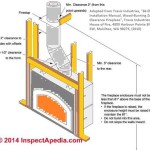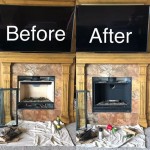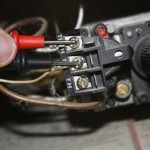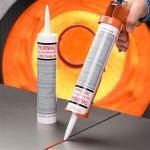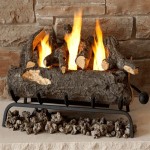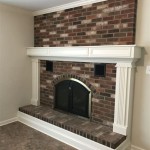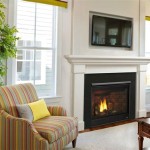Vented Gas Fireplace Inserts: Essential Consumer Reports
Vented gas fireplace inserts are an increasingly popular way to add warmth and ambiance to your home. They are a relatively inexpensive way to upgrade your existing fireplace, and they can provide a number of benefits, such as increased efficiency, reduced emissions, and a more realistic flame appearance.
However, not all vented gas fireplace inserts are created equal. Some are more efficient than others, and some produce more emissions. It is important to do your research before you buy one so that you can find the best insert for your needs.
Consumer Reports is a non-profit organization that provides unbiased reviews of products and services. Recently, Consumer Reports tested 10 vented gas fireplace inserts and found that there is a wide range of performance and features among the models tested.
Efficiency
The efficiency of a vented gas fireplace insert is measured by its annual fuel utilization efficiency (AFUE). AFUE is a measure of how much heat is produced by the fireplace insert for every unit of fuel that is burned. The higher the AFUE, the more efficient the fireplace insert.
The most efficient vented gas fireplace insert tested by Consumer Reports had an AFUE of 83%. This means that for every dollar of fuel that is burned, 83 cents worth of heat is produced. The least efficient fireplace insert tested had an AFUE of 62%. This means that for every dollar of fuel that is burned, only 62 cents worth of heat is produced.
Emissions
Vented gas fireplace inserts produce some emissions, but the amount of emissions varies depending on the model. The most important emission to consider is carbon monoxide. Carbon monoxide is a poisonous gas that can cause health problems, including death. The amount of carbon monoxide produced by a vented gas fireplace insert is measured in parts per million (ppm).
The highest level of carbon monoxide produced by a vented gas fireplace insert tested by Consumer Reports was 25 ppm. This is well below the EPA's allowable limit of 400 ppm. However, it is important to note that carbon monoxide levels can vary depending on the installation and operation of the fireplace insert.
Features
Vented gas fireplace inserts come with a variety of features, including remote controls, thermostats, and blowers. Remote controls allow you to turn the fireplace insert on and off from a distance. Thermostats allow you to set the temperature of the fireplace insert. Blowers help to circulate the heat throughout the room.
Some vented gas fireplace inserts also come with decorative features, such as realistic logs, flames, and embers. These features can help to create a more realistic fireplace experience.
Installation
Vented gas fireplace inserts should be installed by a qualified professional. The installation process typically takes several hours. The cost of installation will vary depending on the complexity of the installation.
Conclusion
Vented gas fireplace inserts can be a great way to add warmth and ambiance to your home. However, it is important to do your research before you buy one so that you can find the best insert for your needs.
Consumer Reports is a great resource for finding unbiased reviews of vented gas fireplace inserts. Consumer Reports recently tested 10 vented gas fireplace inserts and found that there is a wide range of performance and features among the models tested.

Best Fireplace Inserts Consumer Reports

Best Gas Fireplace Insert Top 5 For Existing Fireplaces

Direct Vent Gas Fireplace Insert By Napoleon Gdizc Rockford Chimney

Pleasant Hearth Willow Oak 24 In Vented Gas Log Set Vl Wo24d The Home Depot

10 Best Gas Fireplaces Consumer Reports 2024 Guide Natural Fireplace Diy Outdoor
.aspx?strip=all)
Top 11 Gas Fireplace Insert Trends Of 2024

Direct Vent Gas Fireplace Insert By Napoleon Gdizc Rockford Chimney

Direct Vent Gas Fireplaces The Ultimate Guide Learning Center

Duluth Forge Vent Free Stainless Outdoor Gas Fireplace Insert With Black Fire Glass Media 24 000 Btu 170372 The Home Depot

Best Ventless Gas Logs Consumer Reports
Related Posts


